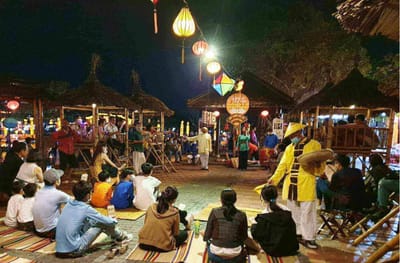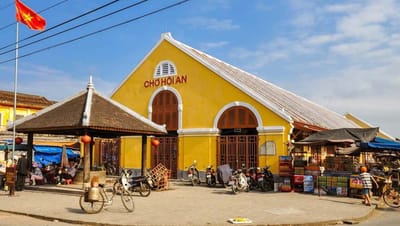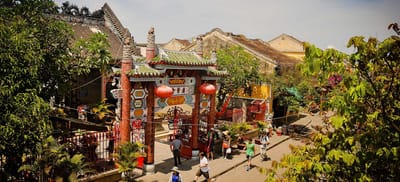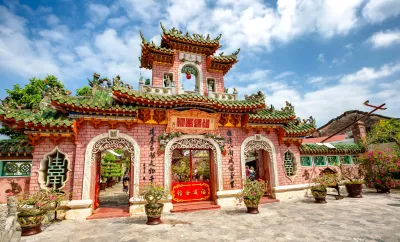Japanese Covered Bridge Hoi An: History, Architecture & Visiting Tips
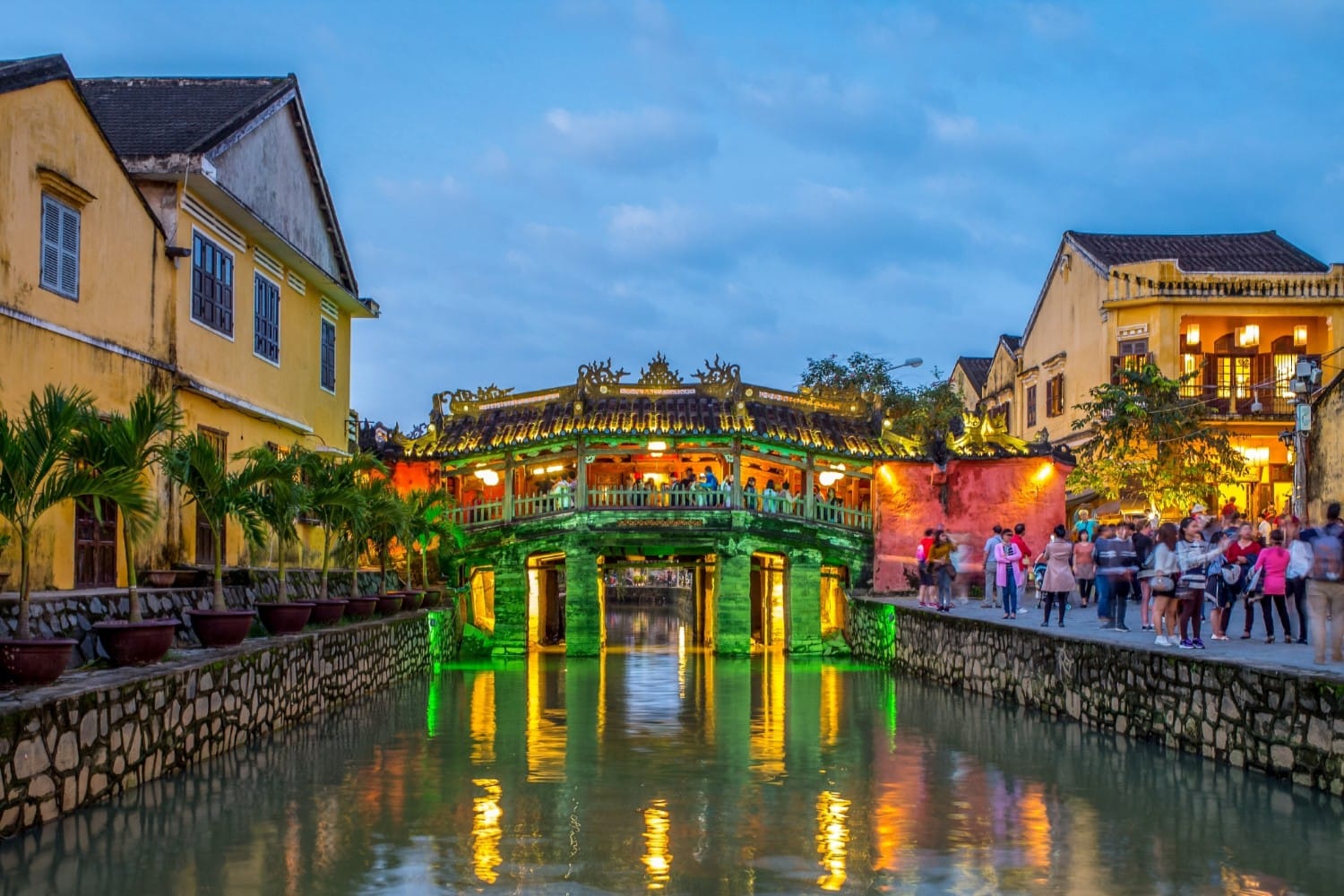
Executive Summary
Bridge Highlights: The Japanese Covered Bridge (Chùa Cầu), built 1593–1595 by Japanese merchants, symbolizes Hoi An’s historic cultural fusion. Spanning the water channel between Tran Phu and Nguyen Thi Minh Khai streets, this 18-meter-long timber bridge features traditional Japanese joinery, Chinese guardian statues, and a central shrine to Tran Vu, the Taoist deity. Visit early (6:30–9:00 AM) for free access and best light. Heritage ticket required from 9 AM to 6 PM. Photographers should capture the west façade at sunrise and the ornate interior shrine.
Hoi An’s Japanese Covered Bridge stands as the most iconic symbol of the ancient town, appearing on banknotes and UNESCO brochures worldwide. Beyond its photogenic charm, the bridge embodies centuries of cross-cultural exchange—a physical link between Japanese, Chinese, and Vietnamese communities that made Hoi An a thriving trading port from the 15th to 19th centuries.
1. Historical Context
Japanese Merchant Quarter
In 1593, Japanese Shuinsen (Red Seal Ships) merchants established a trading quarter on the Thu Bon River’s south bank. To connect with the Chinese community across the channel, they commissioned a covered bridge.
- Construction Period: 1593–1595
- Original Builders: Japanese Tanaka Shogen and associates
- Purpose: Convenient passage, social cohesion, communal defense
When Japanese foreign trade ceased in 1635 under the Tokugawa isolationist policy, the Japanese community gradually assimilated, yet the bridge remained—a testament to their commercial and cultural influence.
2. Architectural Design
Timber Joinery & Triple-Beam System
The bridge employs Japanese mortise-and-tenon joinery without nails—three progressively shorter beams stacked vertically for structural stability.
- Length: 18 meters
- Width: 3 meters
- Materials: Local ironwood (Duramen) for main beams; balau for decking
- Roof: Traditional Vietnamese tile with Chinese upturned eaves
Decorative Elements
- Guardian Statues: Stone dogs (north) and monkeys (south) representing legend of construction—dogs refused to cross until monkeys led the way
- Central Shrine: Houses statue of Tran Vu (deity of storms and bad weather) to protect travelers from floods
- Carvings: Intricate wood reliefs depicting dragons, phoenixes, and floral motifs
- Chinese-Style Lanterns: Hung under the roof, illuminating passage at night
[Link to: First-Time Visitor Essentials for heritage ticket info]
![Alt text: Japanese Covered Bridge in Hoi An at sunrise, showing yellow walls behind, stone guardian monkey statue in foreground, tiled roof with upturned eaves, and water reflection beneath the timber bridge]
3. Visiting Tips
Free Access & Ticket Requirement
- Before 9:00 AM: Free pedestrian access; ideal for photos without crowds
- 9:00 AM–6:00 PM: Requires one heritage coupon (part of 120,000 VND pass)
- After 6:00 PM: Free access but no interior shrine visits—bridge closed to site entry
textVISITOR ALERT: Plan to cross at 8:00 AM for sunrise shots and free interior access without using a coupon. Return after 6:00 PM to re-enter for evening lantern photography (no ticket needed outside daylight hours).
Best Photo Spots
- West Façade (Tran Phu side): Sunrise backlighting accentuates yellow walls
- South Portal Close-Up: Monkey statue framing the entrance
- Interior Shrine: Capture shrine details—incense offering table, deity statue, carved beams
- Deck-Level View: Angled shots from below (requires stepping onto bridge interior)
Peak Hours & Crowd Avoidance
- Quietest Times: 6:30–9:00 AM; after 6:00 PM
- Avoid: 10:00 AM–4:00 PM (tour group congestion, limited photo angles)
4. Cultural Significance
The bridge represents:
- Cross-Cultural Fusion: Japanese engineering, Chinese decorative arts, Vietnamese roofing
- Community Cohesion: Physical link between Japanese and Chinese quarters
- Heritage Continuity: Survival through wars, economic changes, and modernization
Its design encapsulates Hoi An’s reputation as “Living Museum” of Southeast Asian maritime trade.
5. Related Experiences
- Walking Tour Link: Integrate bridge crossing into our Self-Guided Walking Routes circuit
- Top Attractions Sync: Pair with Top 15 Attractions to structure heritage itinerary
- Evening Stroll: Revisit at dusk for lantern-lit ambiance—see Evening Activities
Conclusion
The Japanese Covered Bridge remains an indispensable part of any Hoi An visit—offering architectural elegance, historical resonance, and prime photo opportunities. By timing your visit strategically, respecting heritage ticket rules, and exploring associated attractions, you’ll fully appreciate this emblematic structure’s role in Hoi An’s UNESCO World Heritage narrative.
[Link to: Tan Ky Ancient House deep dive]
No spam, no sharing to third party. Only you and me.


